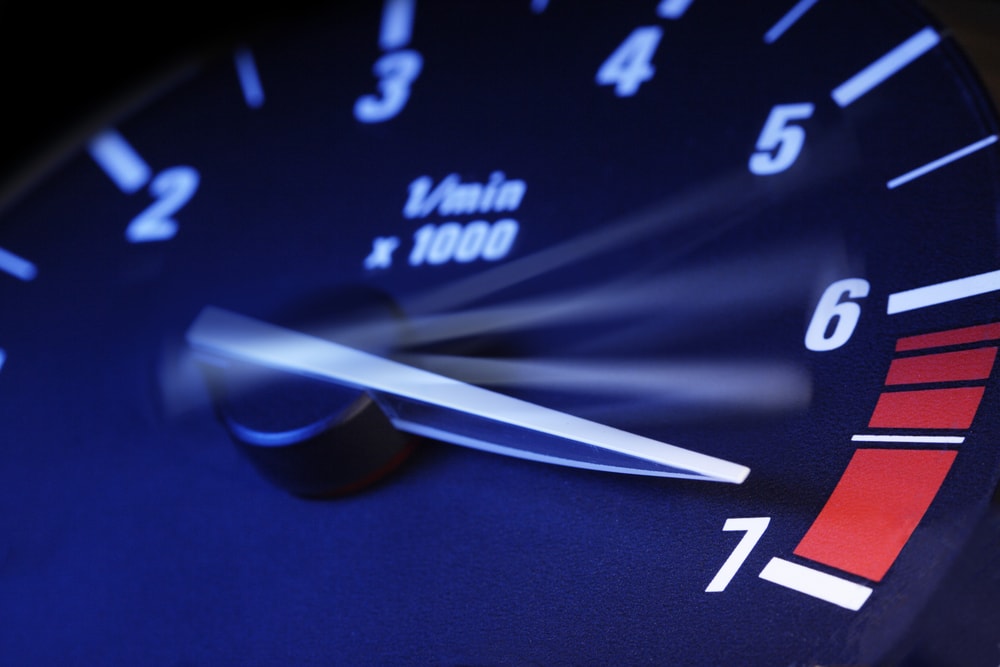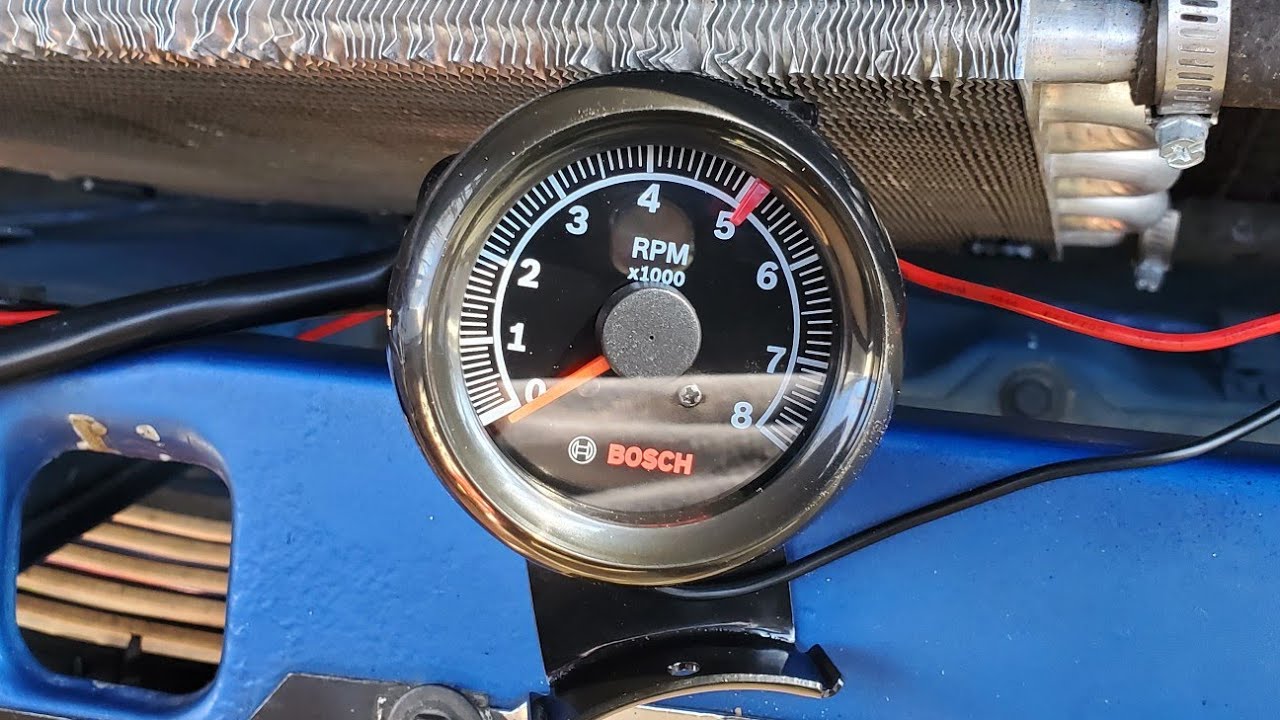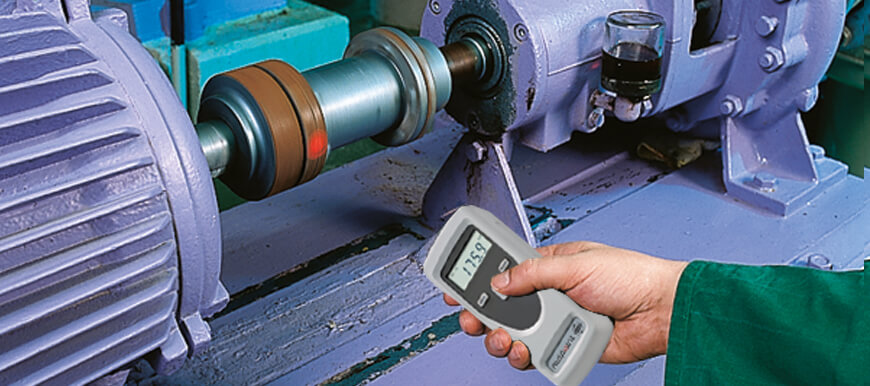In the industrial world, accurately measuring rotational speeds is crucial for optimal machine performance and safety. A tachometer is an essential tool that helps in tracking these speeds. But have you ever wondered how to tell if tachometer is accurate? Knowing the accuracy of your tachometer can save you from operational hiccups and ensure your machinery runs smoothly.
Tachometers come in various typesmechanical, electronic, and digitaleach offering unique features and levels of accuracy. Given their importance in various industries, ensuring that your tachometer is accurate should be a top priority.

Understanding Tachometers and Their Importance
What is a Tachometer?
A tachometer is a device used to measure the rotational speed of an object, typically expressed in revolutions per minute (RPM). It plays a critical role in numerous applications, from automotive engines to industrial machines.
Why Accuracy Matters
An accurate tachometer ensures that machinery operates within safe speed limits, minimizing wear and tear and preventing mechanical failures. For Industry QA Professionals, this accuracy is paramount.
For an overview of how tachometers work, visit kus-usa.com.
Types of Tachometers
Mechanical Tachometers
Mechanical tachometers use a simple dial gauge to measure RPM. They are reliable but may not offer the precision of electronic and digital models.
Electronic Tachometers
Electronic tachometers use sensors and digital circuits to provide highly accurate readings. They are preferred in modern industrial applications due to their precision.
Digital Tachometers
Digital tachometers offer the highest level of accuracy and are user-friendly. They often come with additional features like data logging.
Steps to Check Tachometer Accuracy
Calibration
Regular calibration against a known standard is essential to maintain accuracy. Calibration should be part of your routine maintenance schedule.
Comparative Testing
Compare the readings of your tachometer with another accurately calibrated tachometer. Any significant deviation indicates a need for recalibration.
Using Stroboscopic Methods
Stroboscopic methods can be used to measure RPM accurately. Matching the tachometers readings with stroboscopic data can validate accuracy.
Manufacturer Specifications
Refer to the manufacturers specifications for accuracy levels. Operating within these parameters ensures optimal performance.
For advanced stroboscopic techniques, check this link.
Common Errors and How to Avoid Them
Environmental Factors
Temperature and humidity can affect the accuracy of your tachometer. Ensure that it is used within the specified environmental conditions.
Electrical Interference
Electronic tachometers can be affected by electrical noise. Use shielding and grounding methods to minimize interference.
Advantages of Having an Accurate Tachometer
Enhanced Safety
An accurate tachometer ensures safe operation by monitoring speed limits, thereby preventing accidents.
Cost Savings
Preventive maintenance facilitated by accurate RPM readings can lead to long-term cost savings by reducing the likelihood of machinery breakdowns.
To understand more about cost savings in industrial applications, visit this link.
Extended Machinery Life
Accurate speed measurements help in maintaining machinery within optimal operational ranges, extending their lifespan.
Technological Innovations
Big Data and Analytics
Modern tachometers come equipped with data logging and analytics features, providing insights into machine performance over time.
IoT Integration
Internet of Things (IoT) technology allows for real-time monitoring and remote diagnostics, enhancing the utility of tachometers in industrial settings.
For more on IoT in high-speed genetic analysis, visit this link.
Troubleshooting Common Tachometer Issues
Inconsistent Readings
Check for loose connections and ensure that the tachometer is securely mounted.
No Readings
Inspect the power supply and replace any blown fuses or damaged wires.
Conclusion
Ensuring the accuracy of your tachometer is a fundamental part of industrial maintenance. By following the steps outlined above, you can achieve reliable and precise measurements, contributing to the overall efficiency and safety of your operations. Stay vigilant and prioritize regular checks to maintain the highest standards.

Faqs
How often should tachometers be calibrated?
Regular calibration is recommended at least once a year or as specified by the manufacturer.
Can a digital tachometer provide more accurate readings than a mechanical one?
Yes, digital tachometers generally offer higher precision and additional features.
What are some indicators of an inaccurate tachometer?
Inconsistent readings, lack of response, and significant deviations from comparative tests can indicate inaccuracies.
